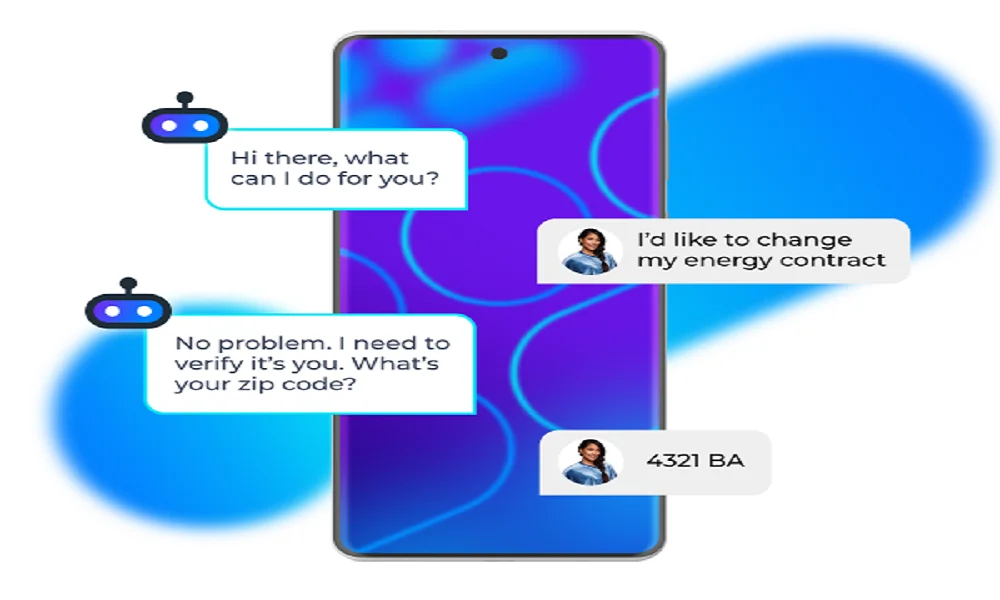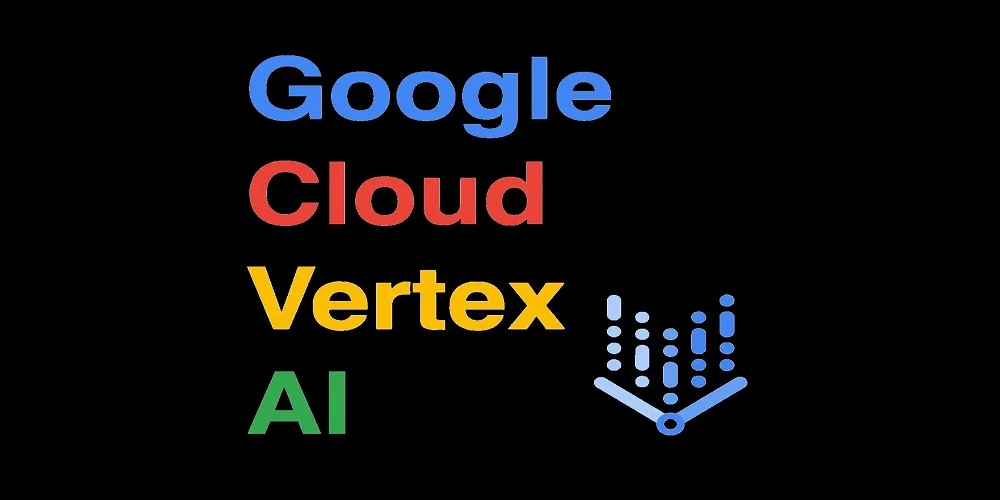Google Vertex AI, SageMaker, and Azure Cognitive: Artificial Intelligence Platforms
Over the last several years, the area of Artificial Intelligence (AI) has been quickly gaining speed and has grown more ubiquitous in the variability of technical disciplines. The fact that it is capable of automating and changing a wide variety of jobs has made it a vital component of a great number of different sectors.
As a consequence of this, there is a growing need for Google Vertex AI specialists who are capable of designing, developing, and implementing Artificial Intelligence systems. Experts in Artificial Intelligence might take the shape of machine learning engineers, AI developers, data scientists, or AI researchers. These individuals have a complete background in computer science, mathematics, and data analysis. A Java development company can complement these specialists by providing expertise in integrating Java-based solutions within Google Vertex AI frameworks, enhancing the overall development and deployment of AI systems.
Conversational AI Company provides several advantages, including the enhancement of customer experience, the rise of lead conversion rates, and the increase in sales, the reduction of expenses, and the simplification of support operations. On the other hand, since there are so many AI platforms now available on the market, it might be difficult to select the one that is most suitable for your company. We will be doing an in-depth analysis of three of the most widely used Artificial Intelligence platforms in this blog article. These platforms include Google Vertex AI, SageMaker, and Azure Cognitive.
What is the Functioning Mechanism of Conversational AI?
Conversational AI operates largely via the use of two functionalities. One of the primary areas of focus is machine learning. Machine learning refers to the process by which technology acquires knowledge and improves its performance via repeated use. It gathers data from its engagements. Subsequently, it utilizes the acquired knowledge to enhance its performance over time.

The outcome is a system that will exhibit enhanced performance six months after its integration into your website, and even greater improvement after a year. This also pertains to AI-driven solutions that function as co-pilots, assisting live operators and enhancing their ability to effectively interact with clients. By eliminating manual activities, agents may concentrate on essential responsibilities such as providing expedited and customized client experiences.
Predictive analytics may be used using either real-time or on-demand data, which can be accessed using two distinct APIs. It is important to note that Amazon is now using its more advanced machine learning services, such as SageMaker, Azure, and Google Vertex AI for financial gain. Entry-level chatbots are effective at managing a very restricted range of activities. Rule-based programming is used to match user queries with probable replies, usually for simple Frequently Asked Questions (FAQs).
The Ever-Increasing Importance of AI Platforms
As opposed to natural intelligence, AI is a distinct concept. Three components make up Artificial Intelligence: reasoning, machine intelligence, and self-correction. The ability to learn new things and solve difficulties is facilitated by it. There are many instances of Artificial Intelligence, but a few of the quite prominent ones include Siri and Alexa.
Science and technology that either directly or indirectly contribute to the expansion of intelligent devices and computer programs is referred to as Artificial Intelligence (AI). The link between the actual world and the virtual world is established as a result of this. A degree in Artificial Intelligence is in high demand, not just among those who are passionate about technology but also among employers.
The following are latest information from the survey:
- Almost half of those who participated in the survey are using AI to expand their marketing success.
- The one function that regularly sees strong returns is AI, which is used by 67% of marketers, who say that their usage of AI has a direct revenue effect of between 10% and 70%.
- The majority of executives (83%) want to see the content and artistic process become more responsible and data-driven, and 72 percent of them intend to use Artificial Intelligence for some features of the procedure of design.
Google Vertex AI: Capabilities, Advantages, and Pricing
1) Google Vertex AI is a robust Artificial Intelligence platform that provides a broad variety of features and advantages to individuals and companies alike, including developers. Vertex AI gives consumers the ability to easily construct and deploy Artificial Intelligence models by providing them with sophisticated machine learning capabilities.
2) The AutoML capabilities of Google Vertex AI are among the vital characteristics of this Artificial Intelligence platform. This makes it possible for users to mechanize the process of constructing and training ML models, even if they have just a little amount of knowledge in the area of data science. With AutoML, organizations do make use of pre-built models or modify them to meet their particular requirements, hence reducing the amount of exertion needed for the procedure of model creation.
3) In addition to this, Vertex AI offers a single and user-friendly interface for the management of AI initiatives. Users can effortlessly access and manage datasets, monitor the extent to which models are being proficient, and organize prototypes to production settings without any complications. Businesses can rapidly develop and improve their Artificial Intelligence models because of this simplified methodology, which contributes to increased production and efficiency.
4) The fact that Google Vertex AI is cloud-based is a vital benefit of this price model. This indicates that companies can make use of the competencies of the platform without having to create important expenditures in either their hardware or their infrastructure. In addition, Google Vertex AI offers support for many business models, such as pay-as-you-go alternatives that enable companies to adjust their use and expenditures according to their specific requirements.
Benefits of Investing in Google Vertex AI
There are a variety of benefits that come along with investing in Google Vertex AI. The extensive variety of machine learning capabilities that it provides is one of the most important advantages that it offers. Businesses can improve their analytics and data processing skills by using cutting-edge machine learning models and application programming interfaces (APIs) with the help of Google Vertex AI.

The price structure of Vertex AI can be complicated and costly, which is especially problematic for startups and smaller organizations that are working with a restricted budget. As a result of the rapid accumulation of costs associated with training models, conducting analytics, and gaining access to the features and capabilities of Vertex AI, this investment may be rather expensive.
SageMaker: An In-Depth Capabilities
1. SageMaker, Amazon’s AI platform, is a strong and complete tool that provides an extensive variety of structures and competencies for industries that are seeing to connect the control of AI. With its user-friendly border and wide-ranging set of tools, SageMaker authorizes individuals to create, work, and arrange AI models with simplicity.
2. Flexibility is a crucial characteristic of SageMaker. The platform supports a wide range of renowned machine learning frameworks, including TensorFlow and PyTorch, enabling users to use their current knowledge and skills. Data scientists may use this adaptability to explore various algorithms and models, customizing them to suit their precise business requirements.
3. SageMaker provides a variety of pre-existing algorithms that include a wide range of applications, such as categorizing images and text, predicting values, and identifying anomalies. These pre-built algorithms provide an excellent foundation for organizations without the necessary resources or ability to create their models from the beginning.
Azure Cognitive Services in Action: A Detailed Comprehension
Azure Cognitive Services is Microsoft’s suite of AI services designed to facilitate the integration of Artificial Intelligence applications into everyday life. This collection of services includes various features such as voice recognition, visual perception, search functionality, natural language processing, and decision-making support. Although these services may be easily included and used in your business applications, they provide a wide range of significant functionalities that can be applied to many scenarios.
By utilizing Cognitive Services, you can identify the emotional state of customers by analyzing their facial expressions through the Vision API. Additionally, you can promptly analyze customer communication to swiftly respond to potential problems using Text Analytics within the Language API. Furthermore, you can integrate the Language and Speech APIs to efficiently interact with customers in their preferred language. Provides robust safety and regulation protocols to safeguard sensitive data and guarantee adherence to regulatory requirements.
Bottom Line
Conversational AI will continue to develop in tandem with the progression of technology. Shortly, there will be developments such as enhanced NLP emotional intelligence, and expanded knowledge bases. The use of Conversational Artificial Intelligence is expected to become much more pervasive in our days.
By prudently seeing such factors, users can make a well-informed choice that would set their business up for success in binding the control of AI and driving a revolution in the industry. Conversational AI Companies to create more advanced and sophisticated virtual assistants is limitless, promising a future where seamless and intelligent conversations with AI-powered entities become the norm.



